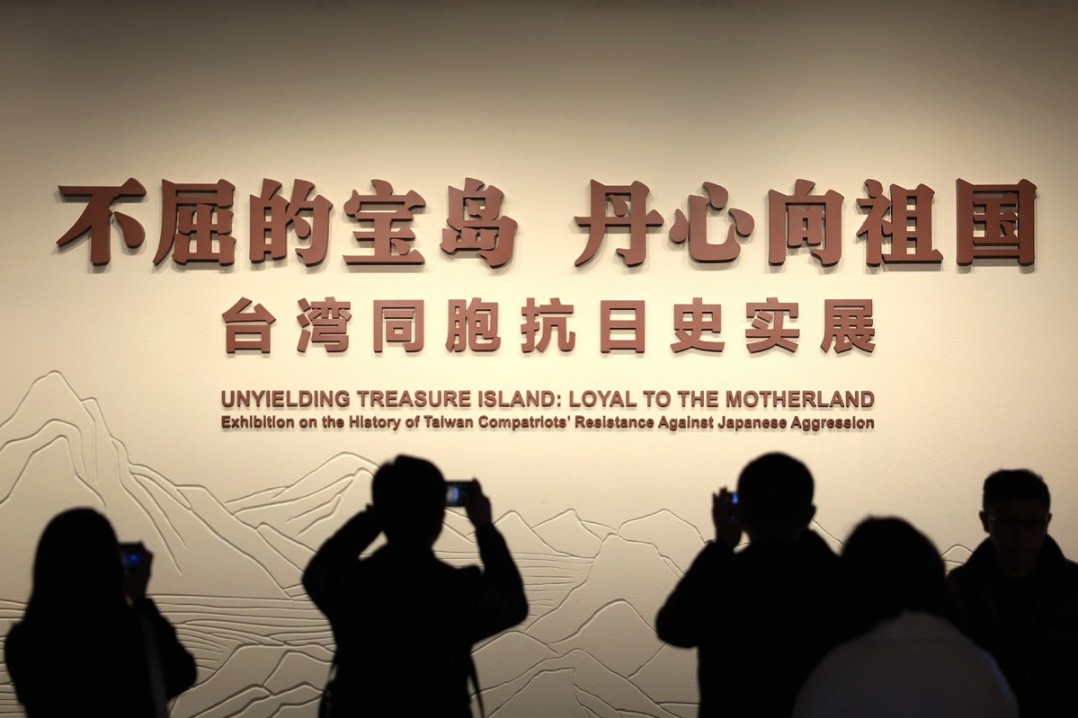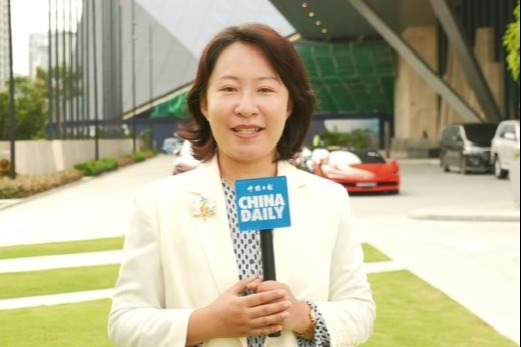China's development roadmap key reform charter
Innovation, digital transformation, emerging industries, consumption emphasized as nation navigates complex global backdrop


He outlined key directions, including strengthening basic research and the innovation system, overcoming "bottleneck" technologies to build secure and independent industrial and supply chains, consolidating the digital economy's leading edge and building a complete, controllable AI industry ecosystem, and cultivating new pillars such as commercial spaceflight, low-altitude economy and deep-sea technology.
Meanwhile, experts noted expanding domestic demand — both consumption and investment — will continue to underpin China's long-term growth model.
As the external environment becomes more complex, the country will place greater emphasis on expanding domestic demand — particularly by enhancing the foundational role of consumption in sustaining long-term growth during the next five years, Zhang noted.
A key policy direction will be to increase the share of consumption in the national economy by improving consumption quality and upgrading service-oriented sectors, according to Zhang.
"In 2024, services accounted for 46.1 percent of household consumption expenditure, still lagging behind advanced economies, suggesting vast potential for further growth in the consumption of services," he added.
Meanwhile, Zhang said fiscal policies are also expected to shift focus "from investing in goods to investing in people". Social welfare spending will likely rise significantly, with increased subsidies for childcare, students and low-income or disadvantaged groups.
China's five-year plans serve as both development and reform blueprints. The 15th Five-Year Plan period will overlap with the implementation period of over 300 key reform measures outlined at the third plenary session of the 20th Central Committee of the Communist Party of China, which aims to improve the institutions and systems driving high-quality development effectively.
In 2024, the research topics publicly solicited by the National Development and Reform Commission for the 15th Five-Year Plan period included building a new pattern of high-quality coordinated development between State-owned and private enterprises and optimizing the fiscal relationship between central and local governments, suggesting institutional reform will remain a central pillar.
Luo Zhiheng, chief economist at Yuekai Securities, said China's economy is transitioning "from high-speed growth to high-quality development, and from supply shortages to insufficient demand".
"Demand shortfall remains the core issue during the 15th Five-Year Plan period," Luo said. "Boosting consumption and optimizing investment structure will be major tasks."
He emphasized that policymakers must address two critical imbalances: insufficient demand driving down prices — "leading to nominal growth lower than real growth, and slower income growth for households, firms and governments" — and structural unemployment, particularly among youth.
Luo highlighted three major challenges: persistent external trade frictions, population aging and low birth rates, and local fiscal constraints. "At the same time," he added, "China also faces three major opportunities — strengthening non-US economic alliances, unleashing the potential of the unified national market, and accelerating breakthroughs in human capital and technological innovation."
He highlighted the need for accelerating structural reforms, including improving income distribution through tax and transfer reforms, expanding fiscal support for public services, boosting low-income groups' earnings, and stabilizing property and stock markets to "avoid negative wealth effects".
Luo also stressed the need to deepen fiscal and taxation reforms. "In the short term, we must address tight fiscal balance and debt issues; and in the medium and long term, we need to establish a modern fiscal system that serves Chinese modernization and balances supply and demand," he said.
That includes optimizing central-local fiscal relations, reforming tax systems, improving transfer payments, and promoting budget transparency and efficiency.
























